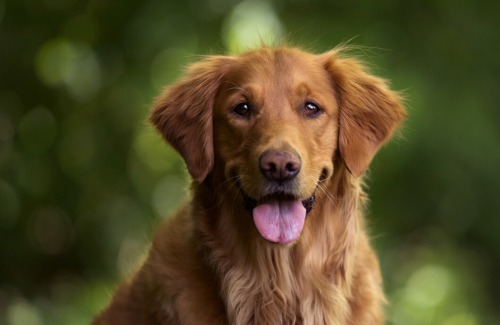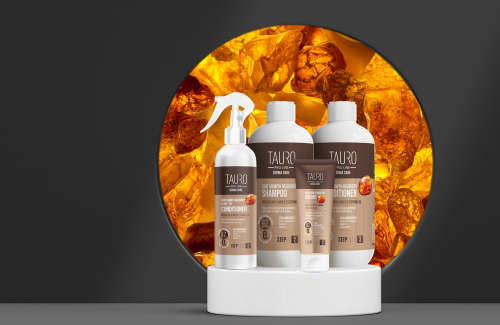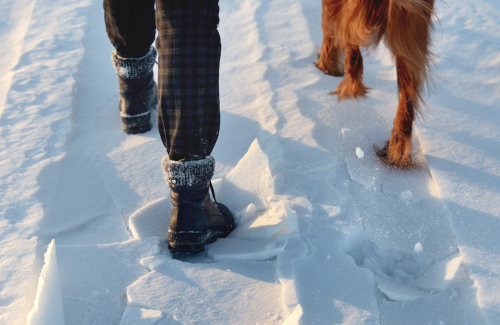Do hairless pets need baths?
As spring approaches, the shedding season for pets begins. While owners of hairless dogs and cats might think they’re off the hook when it comes to shedding fur, the care these pets require can be even more demanding than their long-haired counterparts.
According to Kamilė Ausmanė, an animal care specialist at Tauro Grooming Academy, this is due to the oils produced by their skin. "Many people believe that by choosing a hairless pet, they avoid shedding problems, but they encounter other challenges. The pores of these pets can get clogged with oils, leading to blackheads. Therefore, hairless animals also need intensive care," explains Kamilė Ausmanė, detailing how to properly care for hairless pets.
Why Do Hairless Pets Need Regular Baths?
Hairless animals, such as Sphynx cats or Mexican hairless dogs, produce more oils due to their higher heat needs, which can be unpleasant for both the pet and the owner. "Hairless pets should be bathed frequently, but the frequency depends on their individual needs. Without regular baths, their pores can get clogged, and since there’s no fur to absorb the oils, dirt and oil accumulate directly on their skin," shares Ausmanė. She continues, "Regular bathing is essential to prevent skin irritation, fungal infections, and acne."
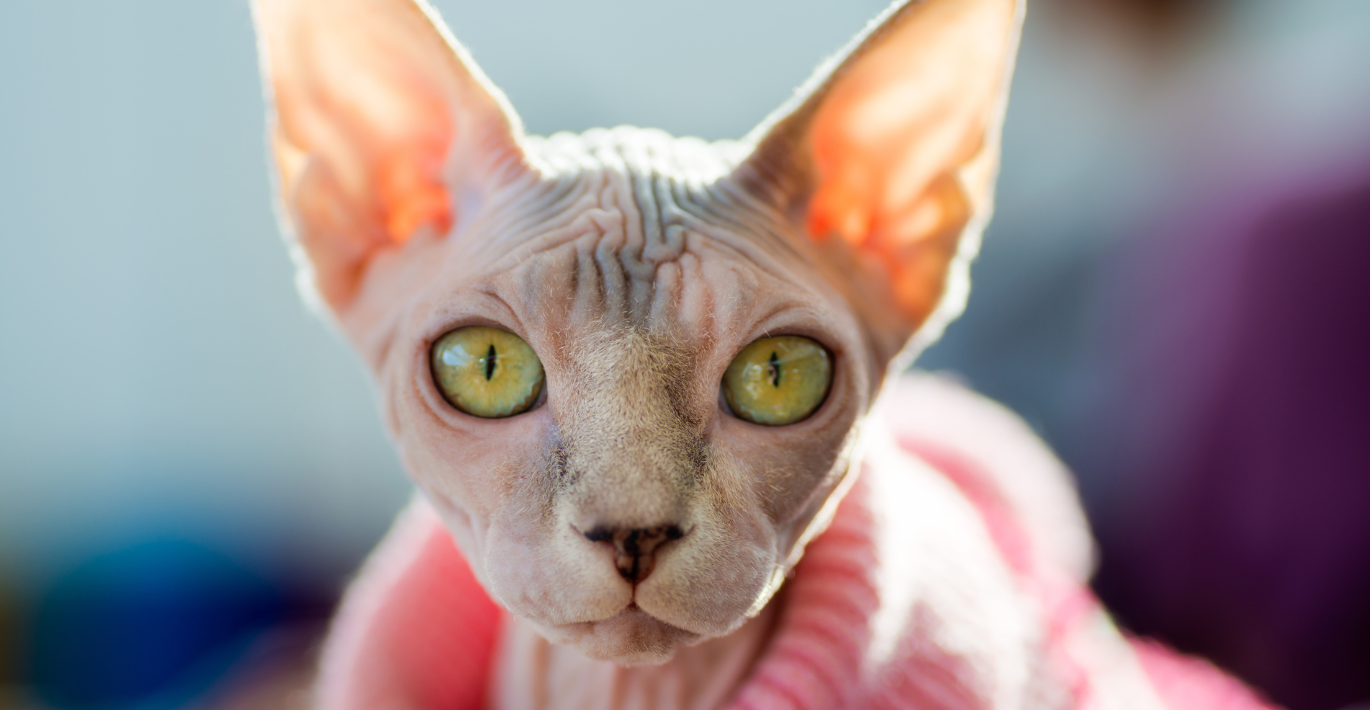
Use Only Natural Products
To remove dead skin cells and unclog pores, many owners of hairless dogs and cats prefer gentle exfoliating shampoos designed specifically for pets. "These shampoos contain nourishing ingredients that help restore moisture balance in the pet's skin, maintaining its elasticity," says Ausmanė.
She emphasizes the importance of choosing a shampoo with natural ingredients, free from SLS, parabens, mineral oils, and silicones, and enriched with beneficial substances: "Castor oil and glycerin are well-known for their nourishing and moisturizing properties, helping to hydrate and saturate the pet's skin. Natural plant-based jojoba oil can moisturize dry, irritated skin and reduce redness, thanks to its antioxidant properties that protect the skin from environmental damage."
Another great hygiene product, according to Ausmanė, is wet wipes. "They gently but effectively remove dirt from the pet’s skin and paws, neutralize odors, and easily clean tear stains. They are also excellent for removing dirt around the snout," notes the expert.
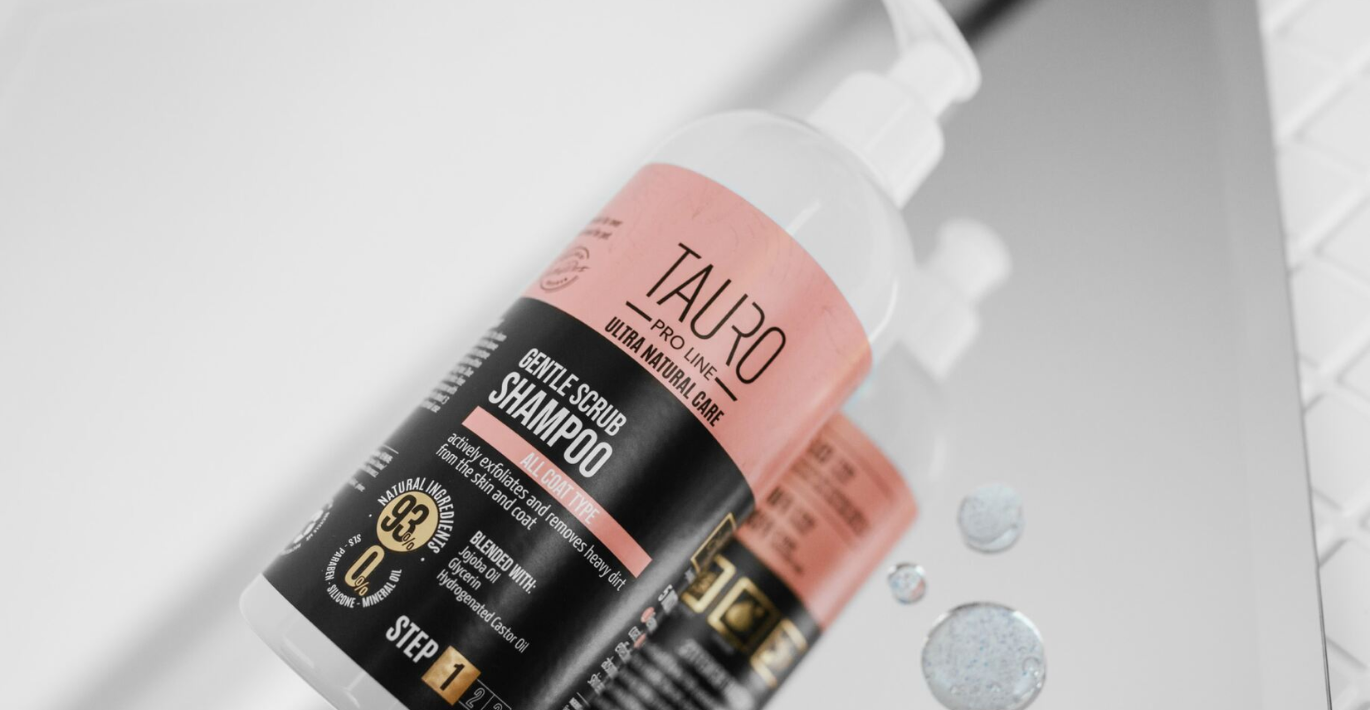
Eye and Ear Hygiene is Crucial
Regarding tear cleaning, Tauro Grooming Academy animal care specialist emphasizes that all pets tear up, making daily cleaning a necessary hygiene practice. "Alkaline multifunctional water is an excellent product suitable for eye care and cleaning the skin between wrinkles. Hairless pets lack both fur and eyelashes, so dirt and dust easily get into their eyes. Using alkaline water removes impurities and reduces the risk of bacterial growth, as the pH 11 environment is unfavorable for bacteria. You can spray this water into the pet’s eyes and clean the dirt with a cotton pad," advises Ausmanė.
"Hairless pets also need regular ear care. Without fur in their ears, dirt and wax build up. Ear hygiene should be performed more often, ideally after baths. You can remove dirt and accumulated wax with alkaline water," continues the animal care specialist.
According to Ausmanė, a proper diet is crucial in combating tearing. "A balanced diet accounts for 80% of a pet's health. The remaining 20% is daily care, and their combination leads to excellent results in both the pet's appearance and overall health and well-being," summarizes Kamilė Ausmanė.
By following these guidelines, owners can ensure their hairless pets are healthy and comfortable, maintaining a clean and happy living environment for both pets and their owners.

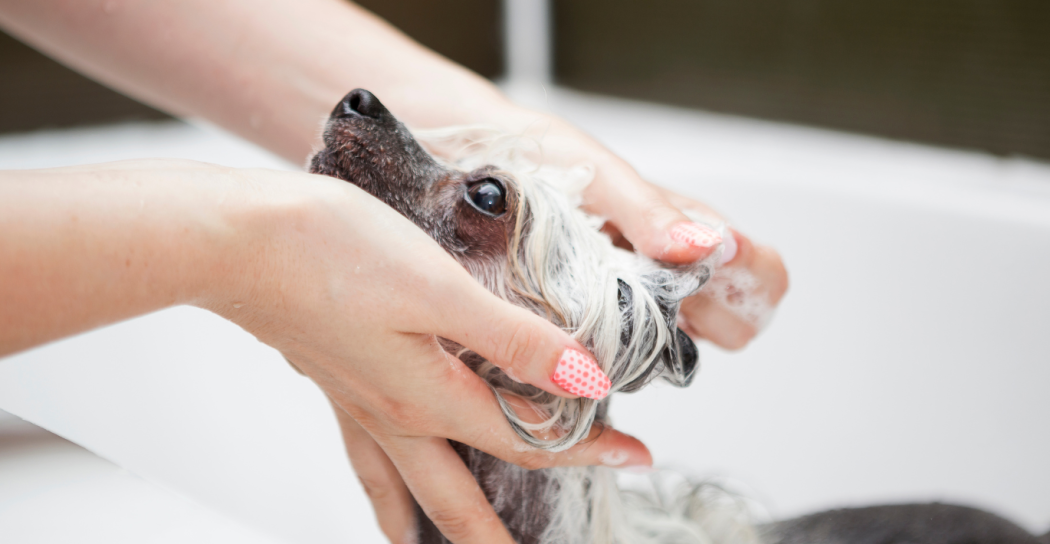
 2024-06-14
2024-06-14


